Counter Hacking
Practice
hacking
I do program a generator program for images. Mostly this operates as an bot. In this example on twitter, taking a tweet as a request for a replying tweet of the bot.
The answer is the image, here a sequence of images and a virtual gallery presenting the for images.
 |
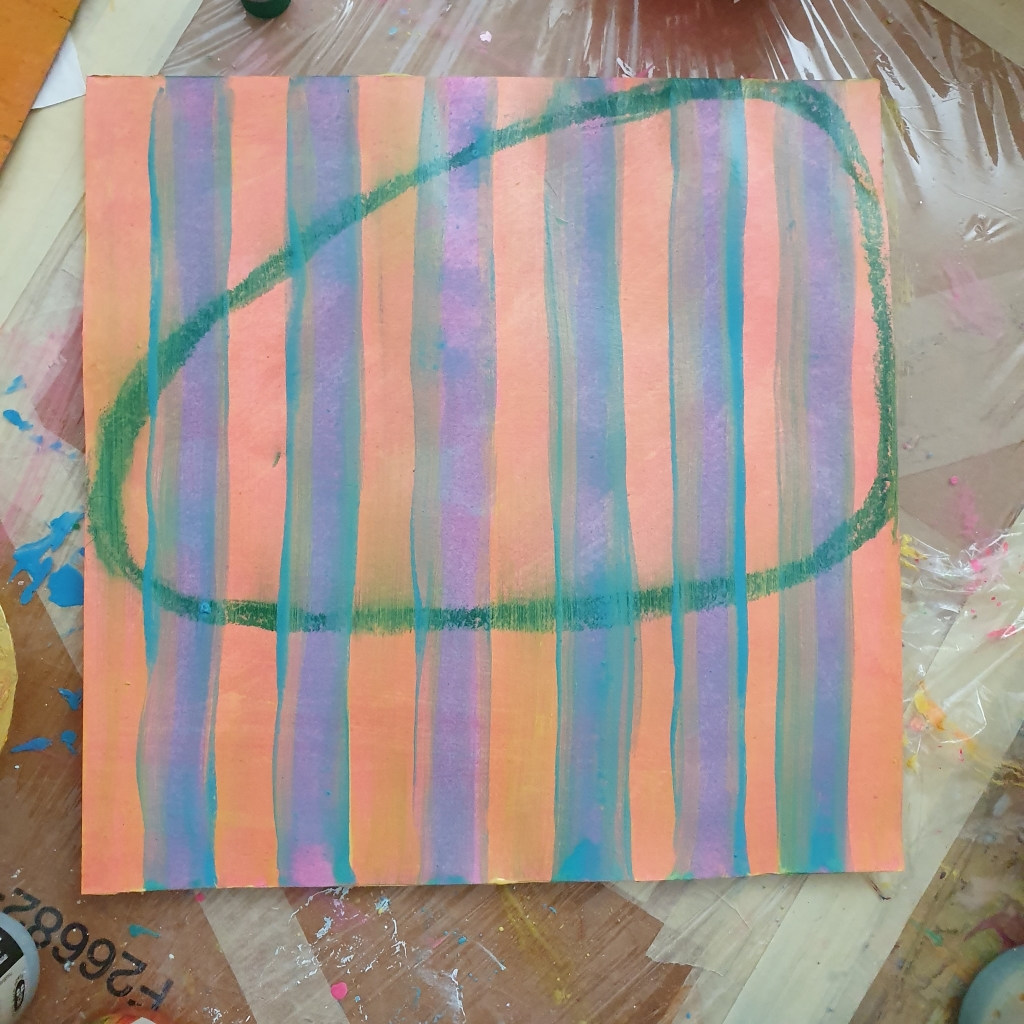 |
The requesting tweet and it’s data is the base data array, which the bot uses to generate the artwork. I call this tweet-random, although the same tweet would always generate the same results. Yet any tweet is unique. It has its own unique-id, the sending user data changes with any tweet and so on.
This data is taken to generated a number sequence representing the one specific tweet. The pseudo randomness allows the program to make predefined artistic decisions.
counter
I do perform the bot-program in mind, to the steps and paint them for real in materialised colours.
Instead of the tweet random though I do perform the set of predefined artistic decisions, which enables me to come up with errors, which extends or limits the set rules in interesting, plausible and feasible ways, or valid variants that may conform with the basic rules yet have not be programmed.
Aspects of the formal informal, regularity vs. irregularities.
Also I may perform rule-variants that are plausible and valid, but not possible to program, because of the restrictions of the language.
analyse the differences
do improve the hacking and countering (again).
Learnings
While hacking was a nerd jargon for programming, fast programming that shows the vast knowledge of the programmer, what is counter hacking?
Here I use hacking as a metaphor for programming for the good practice, which requires some knowledge indeed.
The counter part here is to transfer the program in the real life.
Counter Hacking is performing the algorithm in mind- and bio-ware instead of soft- and hardware, for the first.
For the second it is the loop between both.
For the third it is the in-between state of mind and program.
Visual-software expresses the visuals in a written language, the programming language rather than in the visual creative process by hand, dance, hand-writing or speaking.
The performance is the result of the predefined program, it’s options, rules and set of actions and interactions. IO-operations
The mind-body-constellation allows a direct performance, variation of the rules and pattern, errors and their corrective, yet, this can mean to accept the error as a valid result.
If one performs the algorithm, the program, in mind, one can iterate but also variate and even fail faster. Also it teaches one better programming, because one understands the missing conditions, the possible error states and the limitations of an program.
wollmilchsau problem
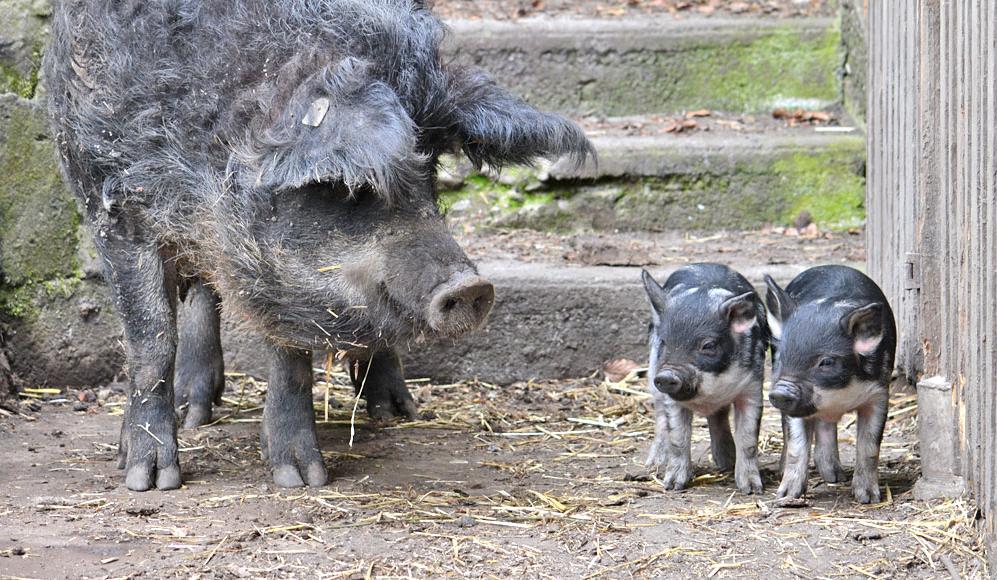 |
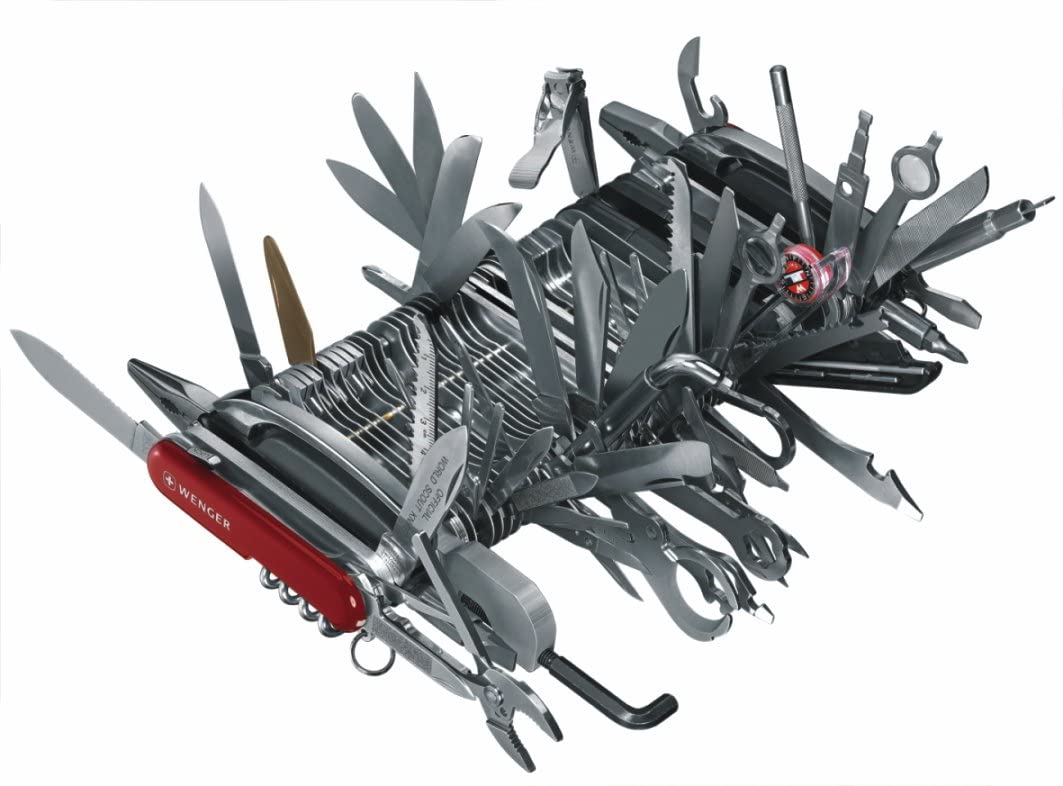 |
Complex programs are often a combined collection of different divergent options and rules. They are so to say for good a Wollmilchsau, for bad an Eierlegende Wollmilchsau.
The first does exist for a limited time frame.
It is the female milk-giving wool-pig.
The other one is a bad conception of wishful thinking.
The English equivalent translation “Swizz Army Knife” is not the correct figure here, because Swiss does exist like wool, Switzerland has an army like a cow is giving milk indeed, and this army do provides knifes to their soldiers, Swizz Army Knifes to be correct. And pig do live, too, even female ex-pregnant wool-pigs.
But none of them is egg laying - not the knife, not the pig. Yet the Swizz Army Knife Satellite is a thinkable possibility unlike the egg laying woolmilkpig, because of their nature. Swizz Army Knife including a flash-drive do already exist, why not satellites? Beyond this it would be a very militant solution.
 |
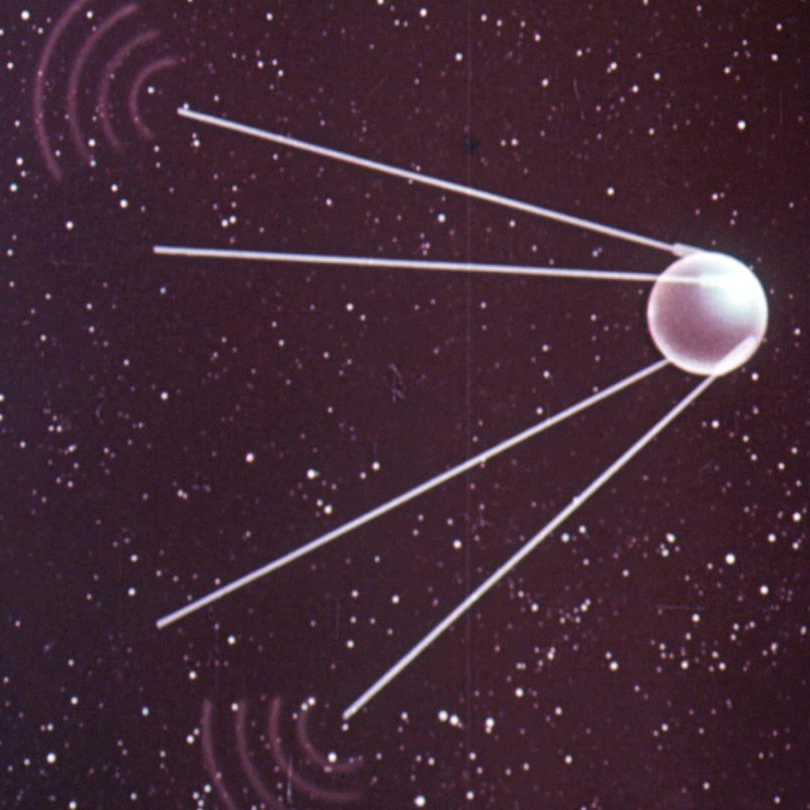 |
The weakness of written and spoken languages.
The cultural context.
The general commons of visual languages.
the second example
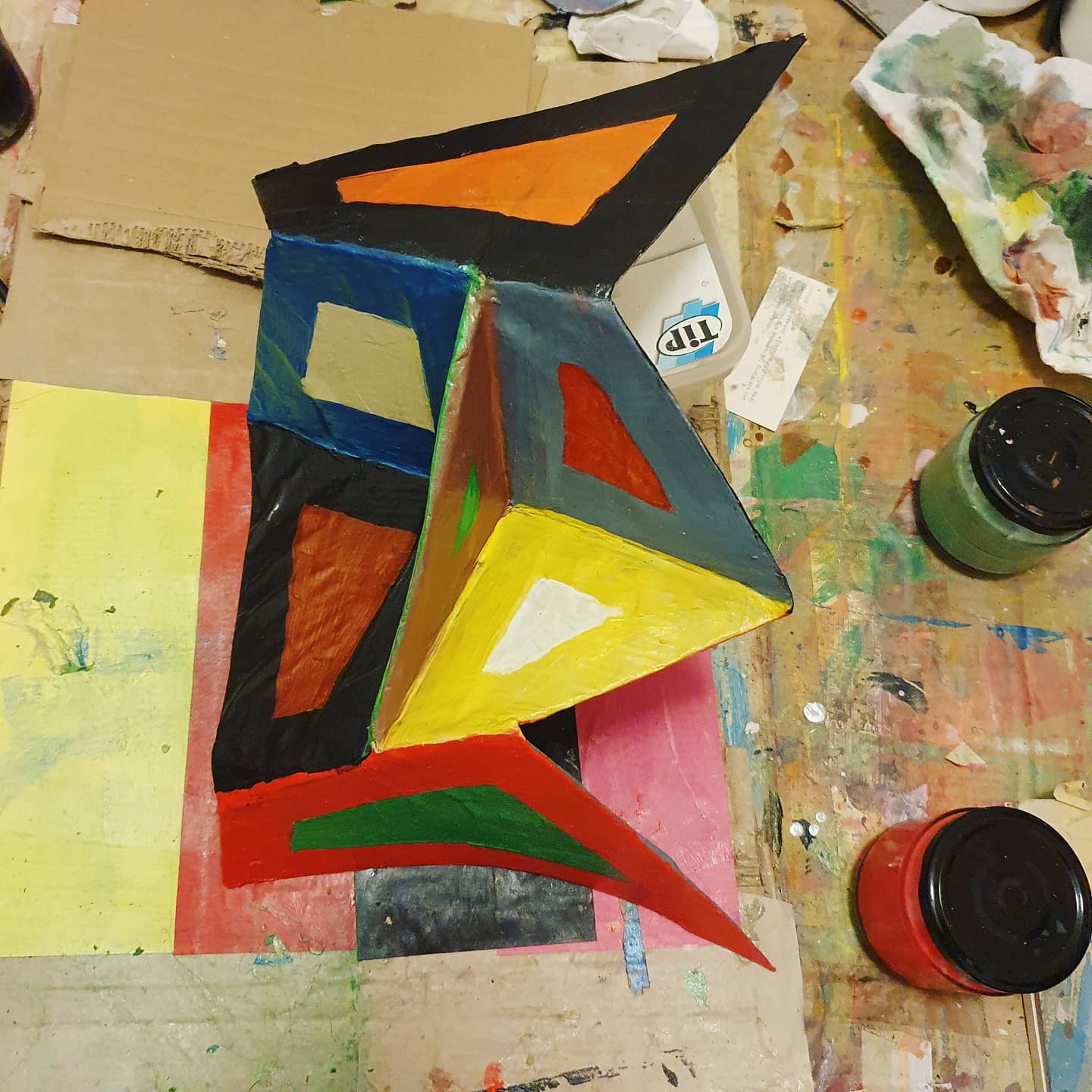 |
Ways of exploration of visual language(s), visual language’s roles and possible rules for visual languages in diverse social contexts.
Programming as a exploring tool, which applies a intermediate layer between expression and the usual immediately impression.
Visual languages do develop, do enfold over the time.
Any program or algorithm represents the understanding of the human being of visual language and has ment to do so.
Counter hacking end up in following questions:
- How to create creative algorithms?
- How an algorithm can be creative?
- Can such an algorithm create or at least replicate creativity?
Which a permanent loop back and forward over over again. It sums up in the question:
How to create creatively creative algorithms/programs as the representation of a specific human mind aka the creator’s visual language?
Navigation Generator List (de)composition McLean Problem